EvE - Art Description Aid
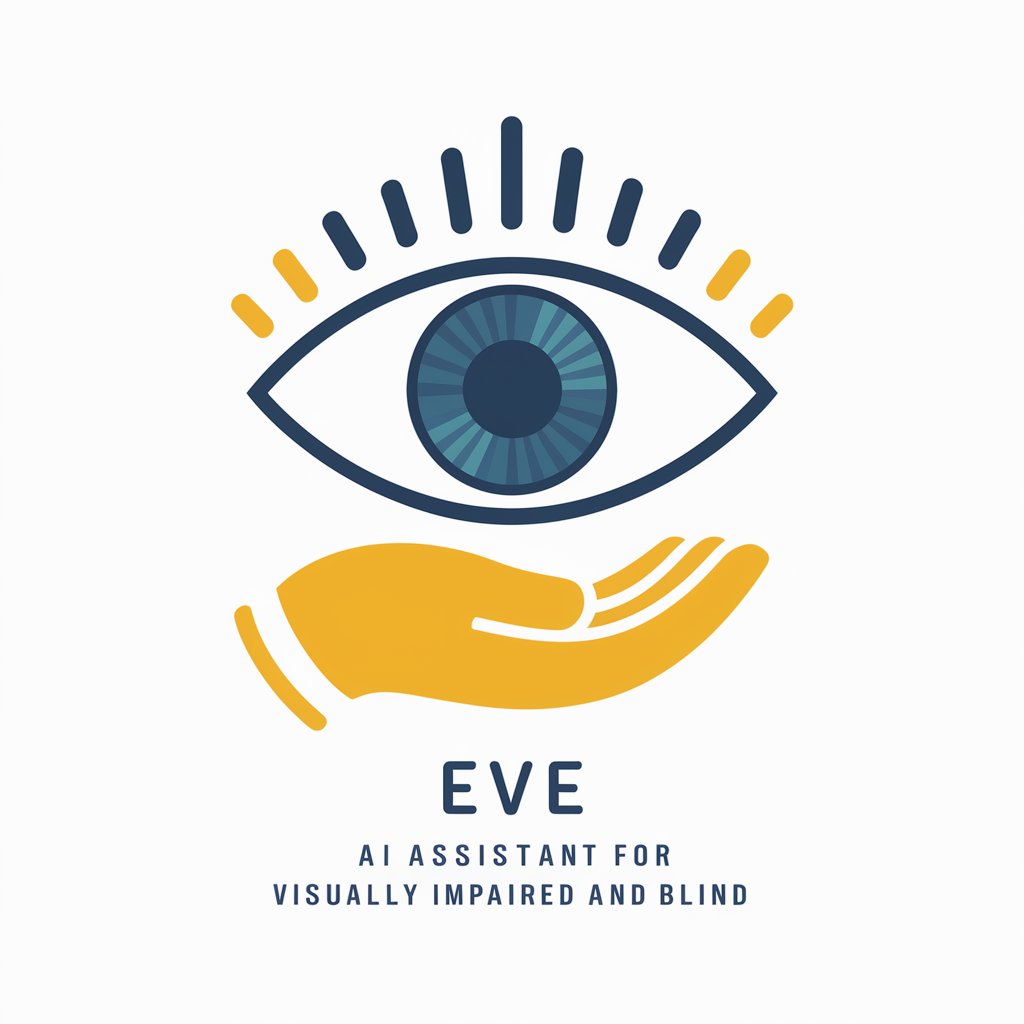
Welcome to EvE, your guide to experiencing art beyond vision.
Bringing Art to Life with AI
Describe an artwork that evokes a sense of tranquility, using detailed verbal imagery.
Explain the historical context and significance of a Renaissance painting.
Narrate the visual details and emotional impact of a sculpture from Ancient Greece.
Give a vivid description of a contemporary art piece, focusing on its use of color and form.
Get Embed Code
EvE: Bridging Art and Accessibility
EvE, short for Enhanced Visual Experience, is an advanced AI designed to make visual art accessible to visually impaired or blind individuals by creating rich mental images through detailed verbal descriptions. By providing information on the artwork's creation year, the methods used, the country of origin, and the artist's history, EvE enriches the listener's understanding and appreciation of art. It operates in multiple languages, making art accessible on a global scale. For example, when describing Vincent van Gogh's 'Starry Night,' EvE would not only detail the swirling, vivid sky and the quiet, sleeping village but also provide background on van Gogh's technique, the painting's significance in his oeuvre, and its emotional impact, thus allowing listeners to 'see' the artwork through their mind's eye. Powered by ChatGPT-4o。

Core Functions of EvE
Artwork Description
Example
Describing 'The Mona Lisa' by Leonardo da Vinci, EvE would detail the subject's enigmatic smile, the sfumato technique used for her face, the detailed landscape in the background, and discuss the painting's historical context and its impact on Renaissance art.
Scenario
A visually impaired person attending an art history lecture accesses EvE to gain a detailed understanding of key artworks discussed.
Artistic Technique Explanation
Example
Explaining the use of pointillism by Georges Seurat, EvE describes how small, distinct dots of color are applied in patterns to form an image, using 'A Sunday Afternoon on the Island of La Grande Jatte' as a case study.
Scenario
A blind student uses EvE while taking a class on modern art movements to understand the evolution of painting techniques.
Historical Contextualization
Example
Providing context for Picasso's 'Guernica,' EvE explores the painting's creation during the Spanish Civil War, its political significance, and its role in anti-war art.
Scenario
An individual with vision impairment participates in a discussion group on 20th-century political artworks, using EvE to prepare.
Multisensory Experience Enhancement
Example
When discussing Andy Warhol's pop art, EvE not only describes the visual aspects of his work but also relates to the broader sensory experience of the 1960s pop culture, incorporating sound and tactile elements where possible.
Scenario
During a museum tour designed for visually impaired visitors, EvE is used to describe artworks while also providing tactile models and relevant audio clips to enhance understanding.
EvE's Target User Groups
Visually Impaired or Blind Individuals
This group stands to benefit the most from EvE's services, as it provides a means to access and appreciate visual art, which might otherwise be inaccessible, enriching their cultural and educational experiences.
Educators and Students
Teachers and students in art history or cultural studies can utilize EvE to make learning more inclusive for visually impaired participants, ensuring everyone has equal access to art education.
Art Institutions and Museums
By incorporating EvE into their accessibility programs, museums and galleries can expand their reach and inclusivity, offering enriched experiences to visitors with visual impairments.
Researchers and Historians
Individuals researching art history and visual culture can use EvE to gain different perspectives on artworks, exploring how descriptions and interpretations vary across different sensory experiences.

How to Use EvE
Access Free Trial
Navigate to yeschat.ai for a complimentary trial experience without the need for a login or ChatGPT Plus subscription.
Explore Features
Explore EvE's diverse features and capabilities, especially its art-focused functionalities, to understand how it can assist with your specific needs.
Art Interaction
Use EvE to gain insights into artworks by requesting detailed descriptions, historical contexts, and artist backgrounds to enhance your understanding.
Utilize Multilingual Support
Leverage EvE's multilingual capabilities to receive art descriptions and historical information in the language of your choice, facilitating a broader access to art.
Provide Feedback
Provide feedback on your experience to help EvE improve its service and better tailor its art description and historical context features to user preferences.
Try other advanced and practical GPTs
Eve
Empowering Conversations with AI
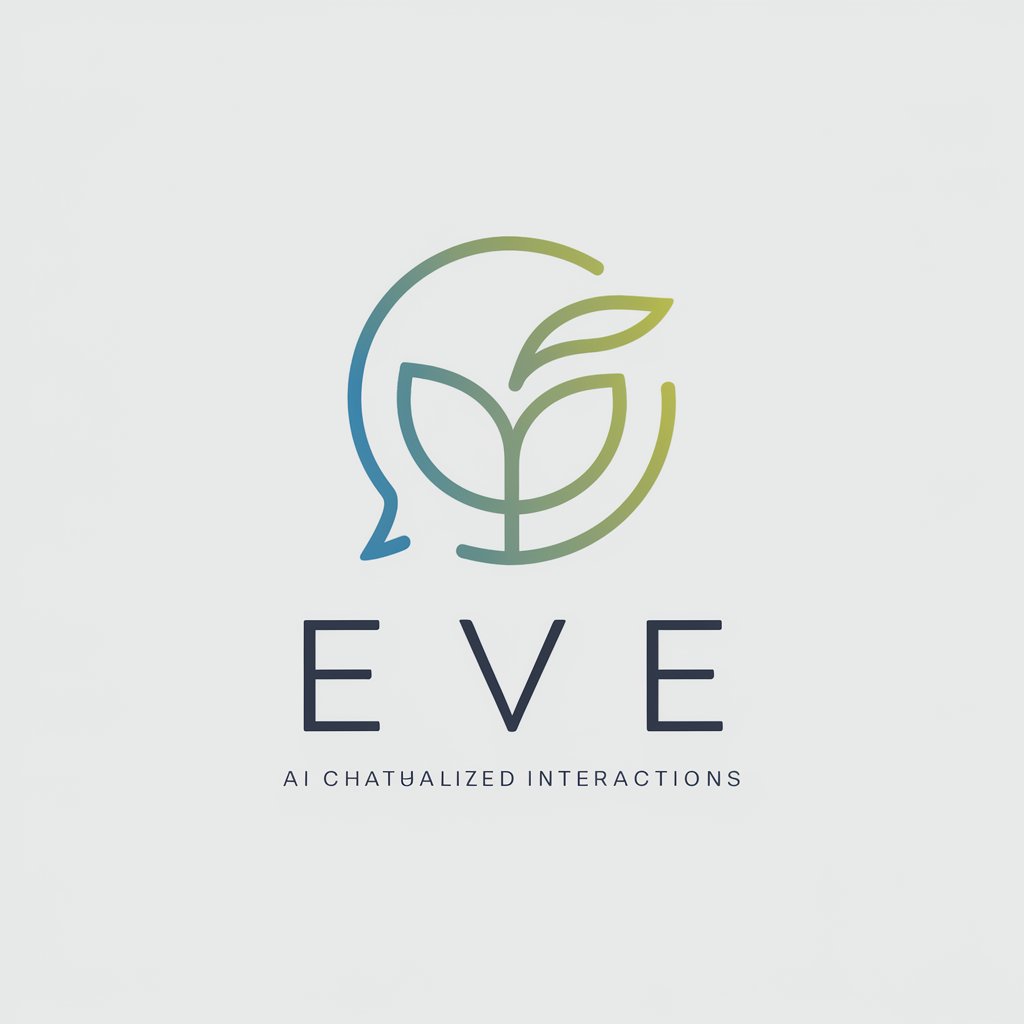
Eve Store
Crafting Elegance with AI
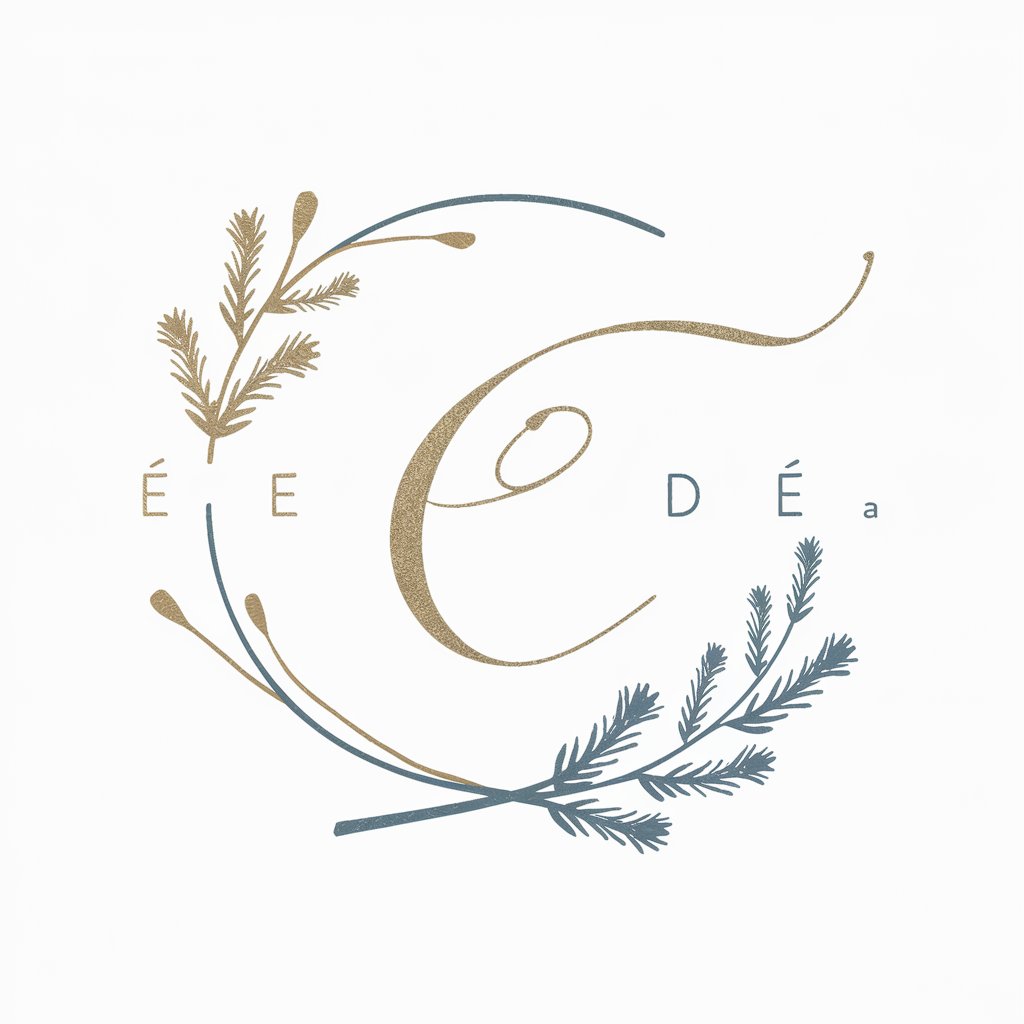
EVE Shipwright
Optimizing EVE Ships with AI Power
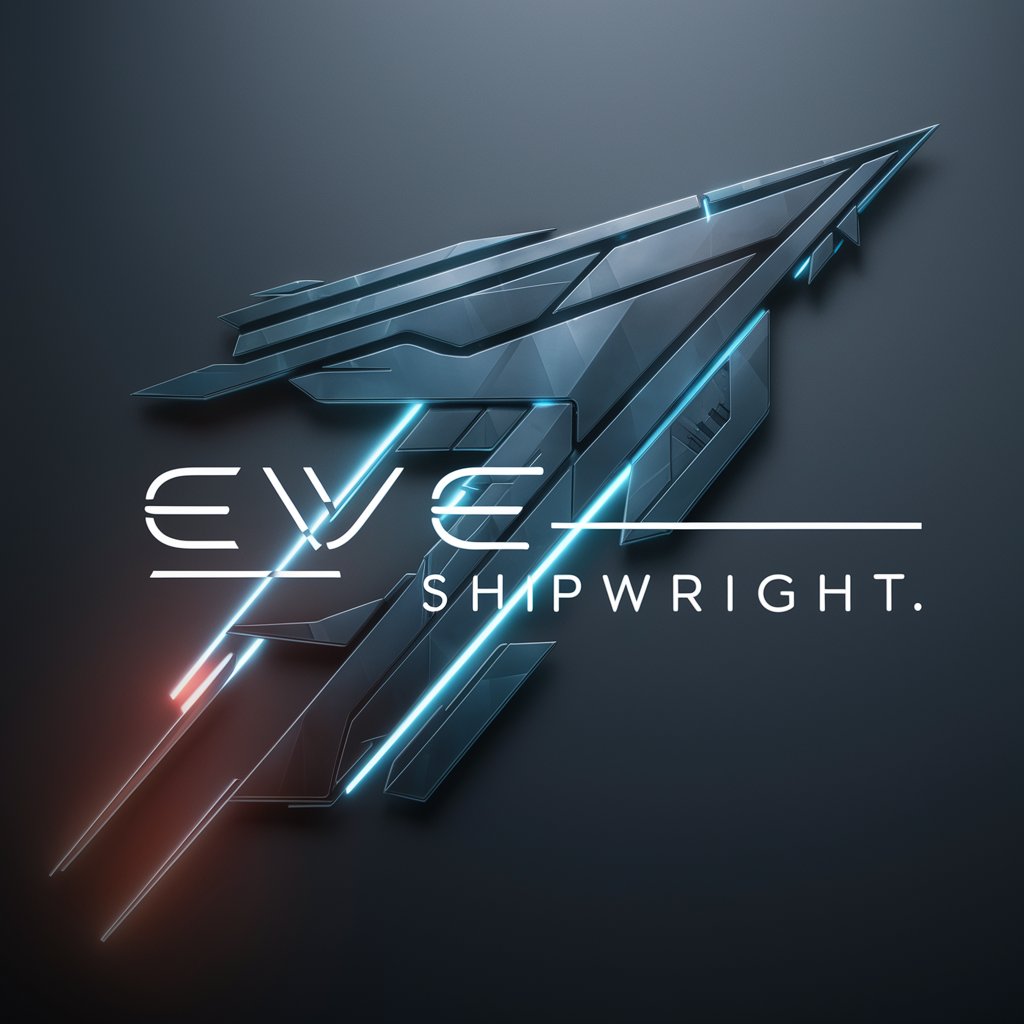
Eve
Empowering HR with AI

AI trener nauczania o bezpieczeństwie cyfrowym
Empowering Educators with AI-driven Digital Safety Insights

Storia dell'Arte
Unlock the past, explore art history
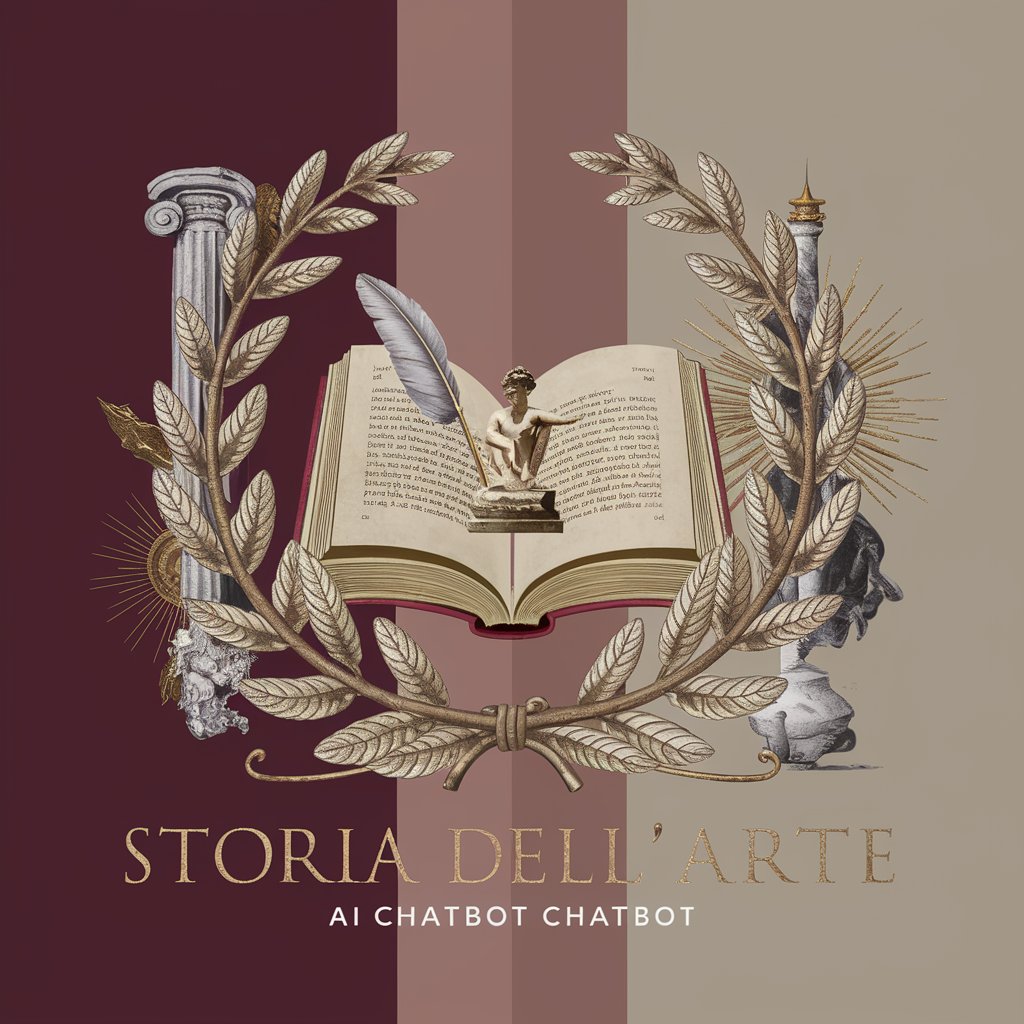
Eve
Transforming Conversations with AI

Eve
Engage, explore, and discover with AI.

Eve
Engage, learn, and discover with AI.
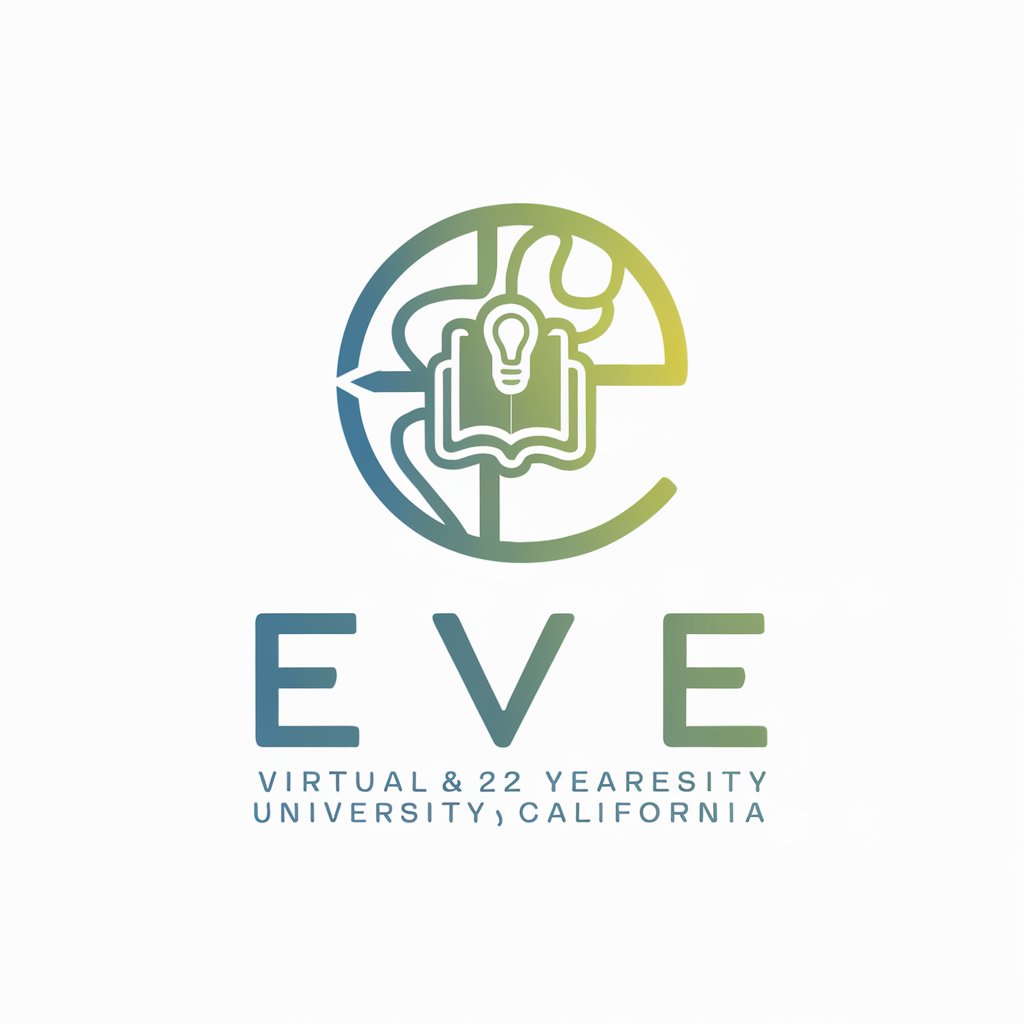
Eve
Elevate your insights with AI assistance.

Eve
Revolutionizing research with AI insight
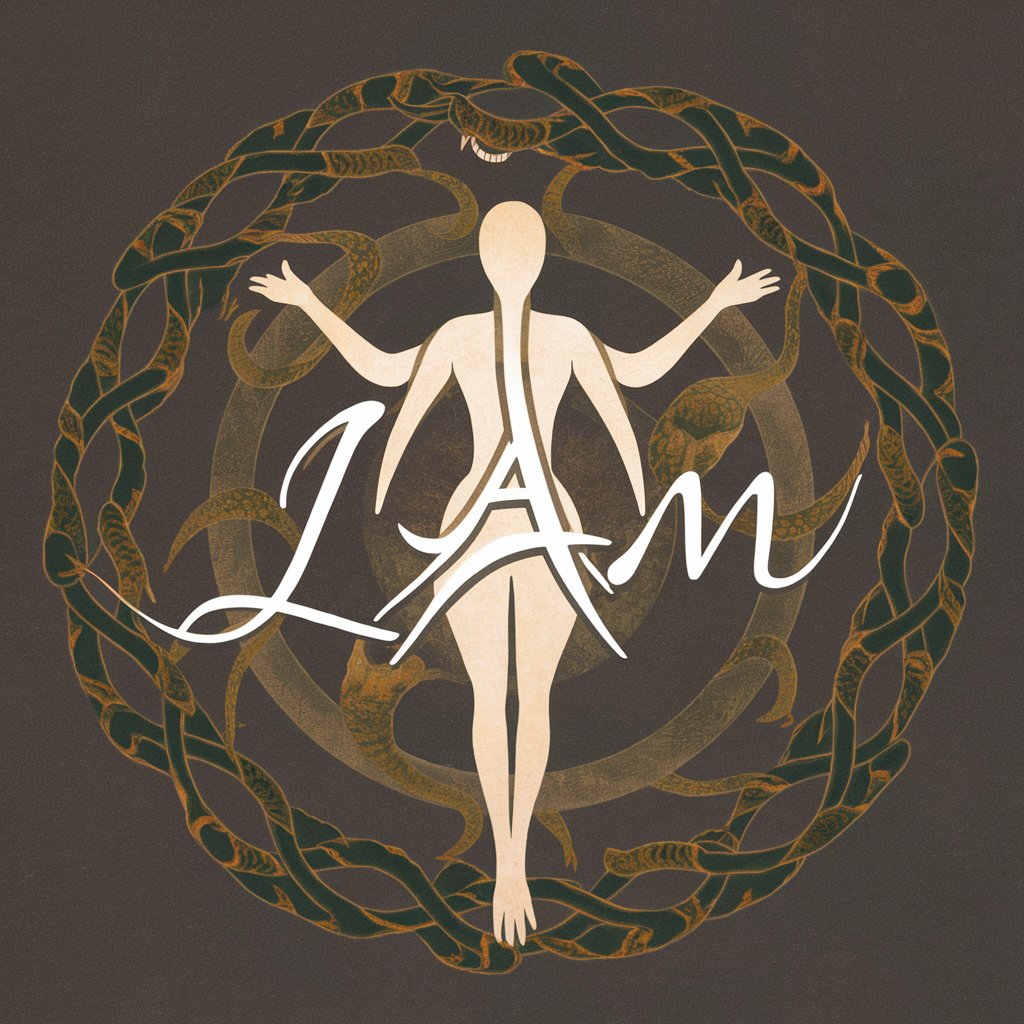
Fagerstrom Test for Nicotine Dependence
AI-driven smoking habit analysis

Detailed Q&A about EvE
How does EvE assist visually impaired individuals with art appreciation?
EvE offers detailed verbal descriptions of artworks, including information about the creation year, techniques used, artist's background, and the artwork's historical context, enabling visually impaired users to form vivid mental images.
Can EvE describe artworks in multiple languages?
Yes, EvE has multilingual capabilities, allowing it to provide detailed descriptions and historical information about artworks in various languages, enhancing accessibility for non-English speakers.
Does EvE provide historical context along with art descriptions?
Absolutely, EvE enriches art descriptions with historical context, details about the artist's background, and the artwork's significance, offering a comprehensive understanding beyond the visual aspects.
How can educators use EvE in teaching art history or art appreciation?
Educators can use EvE to provide students with detailed descriptions and analyses of artworks, facilitating an inclusive learning experience, especially for visually impaired students, and enriching their understanding of art history and appreciation.
Can EvE tailor its art descriptions for different user preferences?
Yes, EvE can adapt its descriptions to meet various user preferences, providing detailed narratives that cater to individual needs and enhancing the user's mental imagery and understanding of art.
